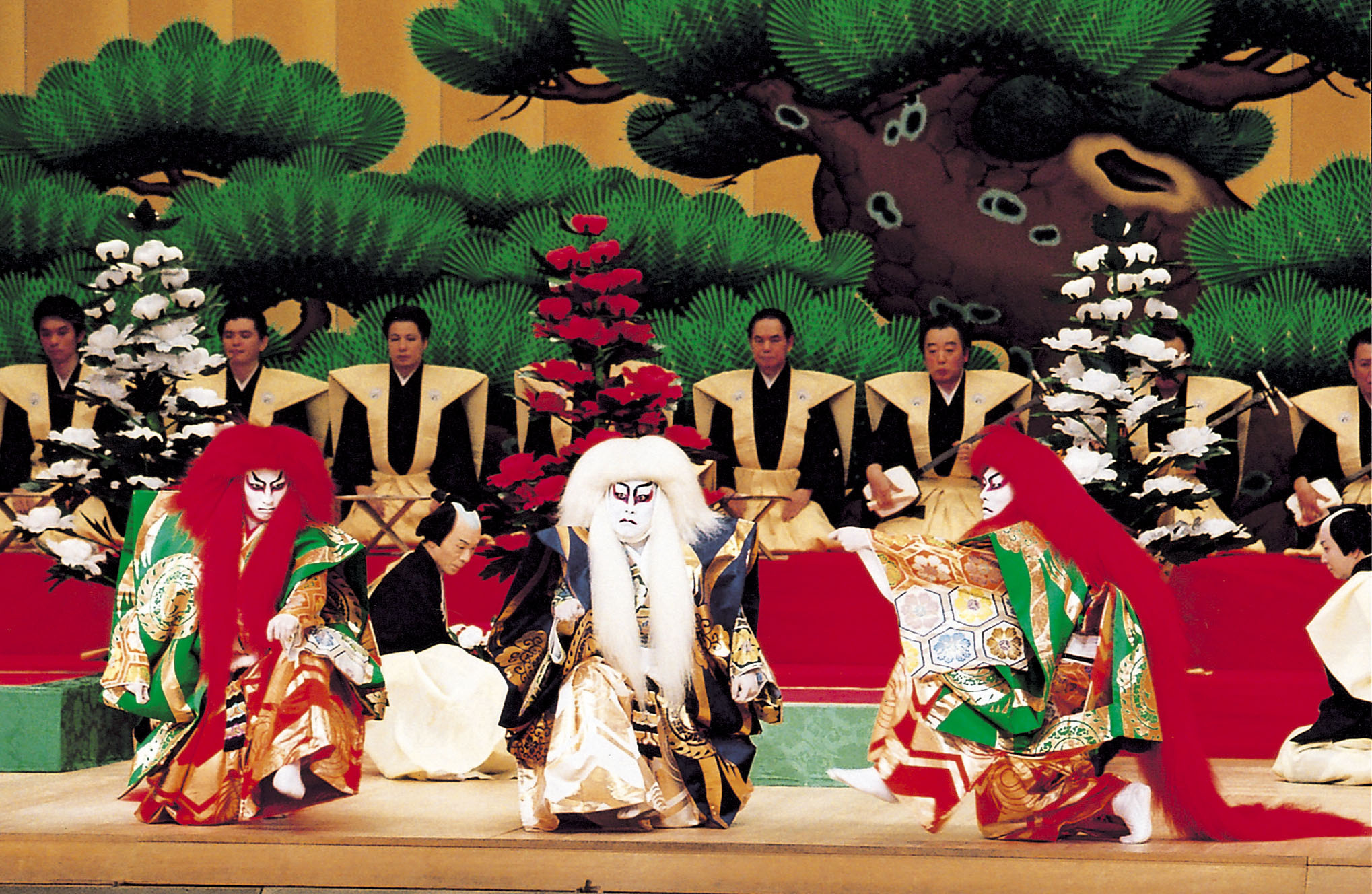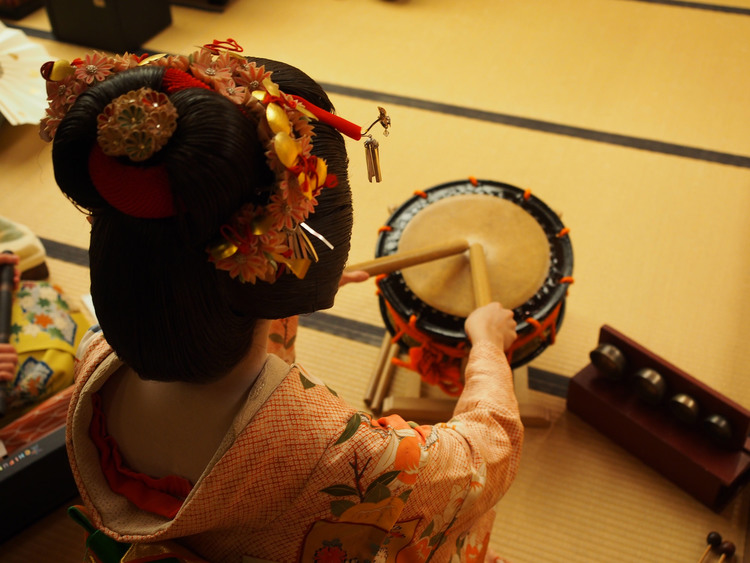The title "Living National Treasure" holds profound meaning in Japanese society. These artisans are seen as living embodiments of Japan's cultural identity, representing a bridge between the past and the present.
Read MoreSuibokuga is a style of monochrome painting characterized by the use of just two things, black ink (sumi) and water. Deceptively simple, suibokuga artists make use of these two seemingly mundane materials to create a complex world of light, form, and even texture.
Read MoreMatcha (抹茶) is a powdered green tea. Known for its particularly strong flavor, it holds a special place in Japanese culture as the leading role in the Japanese tea ceremony, where it is served along with a confectionary sweet, known as wagashi (和菓子).
Read MoreJapan has a long and intricate fashion history. Fashion itself, of course, plays a key role in the cultural qualities of any country, as it alone can illustrate the evolution of a multitude of social and political institutions across history. For both the world’s consumers and the luxury industry, Japan has emphasized the importance of image and innovation in couture style and luxury brands.
Read MoreThe three syllables that make up the word “kabuki” (歌舞伎), mean “music”, “dance”, and “acting”, respectively. The whole word itself comes from an archaic verb kabuki, which means “to incline”, and references the actors' flamboyant clothes and actions. Since the kabuki’s founding, spectators were well aware that this new type of theater would be a strong deviation from noh traditions.
Read MoreIn recent years, the Japanese katana (sword) has become increasingly popular with the re-acknowledgement of its value as a work of art. We would like to introduce our readers to a short article on the history and process behind creating these cultural treasures.
Read MoreBelieve it or not, the original geisha hardly resembled modern geisha in any way. The first geisha were actually male, appearing around the year 1730. It was only about 20 years later that female geisha began to appear in the forms of odoriko (踊り子, meaning dancers) and shamisen players, and they quickly took over the profession, dominating it by 1780.
Read MoreTokyo’s geisha culture is one that is rich, yet virtually unknown by many. With six hanamachi (花街, Japanese geisha districts) and hundreds of years of history, there is much to experience in this hidden culture.
Read MoreGeisha, at the most fundamental level, are professional entertainers. They are trained in a variety of Japanese traditional arts, such as dancing, singing, flute, and shamisen (a traditional Japanese three-stringed instrument), as well as the art of hospitality. They also play games and engage in conversation with visitors, all in service of providing the most welcoming and intimate environment possible.
Read MorePopular culture has long portrayed samurai as warriors who fought in a fury of sword fighting and elaborate maneuvers, but behind that is a long-standing philosophy that influenced them - that of bushidō (武士道), which was a code of ethics to be followed.
Read MoreWhile Tokyo's vast array of exhibitions and art hubs can be difficult to navigate, there is one area that is not to be overlooked - that is Tennozu Isle. Located within walking distance from Shinagawa, the “isle” is characteristically surrounded by canals.
Read MoreNoh, with its emphasis on the Japanese aesthetics of profundity and sublimity, continues to intrigue both the Japanese and foreign audience alike. Coming from the character 能, which means "talent" or "skill", this art form is the oldest among Japan's traditional schools of theater.
Read MorePreviously we introduced Naoshima, an island teeming with art and creativity. This time we will introduce some other noteworthy places that are located near Naoshima; Takamatsu and the surrounding islands.
Read MoreKatsushika Hokusai (1760- 1849), most famously known for his series of Mt. Fuji prints, was a revolutionary artist of the late Edo period. At a time when interaction with other countries was strictly restricted, Hokusai incorporated not only various Japanese styles but Western styles to his works as well, and was recognized both domestically and internationally.
Read MoreThe appreciation of beauty and its effortless integration into the daily rituals of life in Japan constitutes a history of ‘cultural addition’ as Japanese composer Ito Teijii points out. As such, the aesthetic concepts of wabi, sabi, and miyabi, explored below, have not only survived, but rather flourished over time.
Read More




















